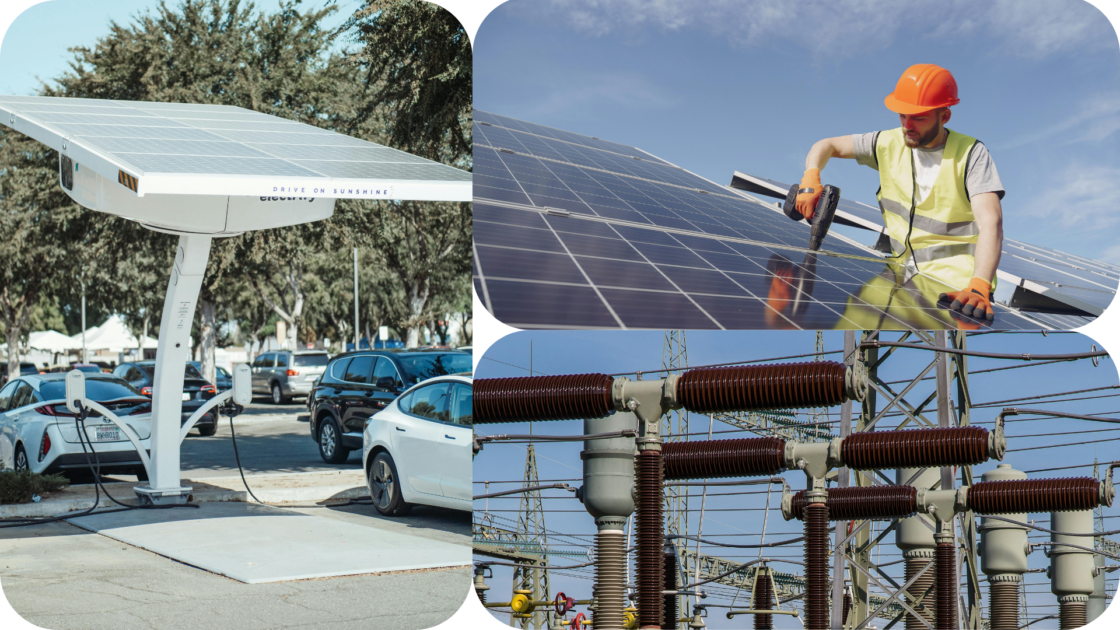Smart Electrification: Key Insights and Benefits for Distribution Grids

As energy systems transition towards electrification, there is a growing need for smarter solutions to manage increasing demand and renewable energy integration. A recent study by the International Renewable Energy Agency (IRENA) highlights how smart electrification—integrating assets like electric vehicles (EVs), heat pumps, and decentralized solar photovoltaics (PV)—can optimize distribution grids. This article summarizes the key findings and insights from the study.
What Is Smart Electrification?
Smart electrification refers to the efficient integration and operation of electricity-based assets, such as EVs, heat pumps, and solar PV systems. By using these assets under a flexible, smart strategy, distribution grids can operate more efficiently, reducing energy losses, lowering costs, and delaying the need for grid reinforcement investments.
Key Facts from the Study
The study analyzed a residential distribution grid serving 12,000 households, covering the impact of smart electrification strategies on grid efficiency. The grid in question incorporates distributed energy resources like EVs, heat pumps, and rooftop PV systems, and the study compares different scenarios of flexibility.
Key metrics include:
- Total annual energy demand: 105 gigawatt-hours (GWh), with heat pumps representing 24% of demand and EVs contributing 26%.
- Savings potential: USD 13.3 million (EUR 12 million) in delayed grid investments, with energy bill savings of approximately USD 8.3 per megawatt-hour (MWh).
Findings on Demand and Grid Efficiency
One of the study’s key findings is that smart electrification can significantly reduce peak demand. In the base scenario (no flexibility), peak demand reached 45 megawatts (MW) in winter. However, in smart electrification scenarios that integrate flexible EV charging and heat pump operations, peak demand was reduced by up to 50%. This helps flatten the demand profile, which means less strain on the grid during peak hours.
Moreover, the “SMART&PV” scenario—where both smart EV charging and heat pumps are combined with local solar PV generation—further improves grid efficiency. PV systems reduce reliance on the grid by providing on-site electricity generation, which decreases overall demand on the grid.
Grid Loss Reductions
Smart electrification also reduces grid losses. Losses in the base scenario amounted to 4% of total demand, but in the “SMART&PV” scenario, grid losses were cut by 63%. This was achieved by leveraging the flexibility of EV charging and heat pump operations to balance the flow of electricity across the grid, minimizing high current flows that contribute to losses.
Economic Benefits
The study shows that adopting smart electrification can lead to significant cost savings. By avoiding or delaying grid investments, savings are estimated at USD 13.3 million (EUR 12 million), or about USD 8.3 per MWh delivered. Additionally, smart electrification reduces the cost of electricity for consumers, cutting the unitary energy cost by 35%—from USD 77.2/MWh to USD 49.6/MWh.
Conclusion
Smart electrification offers substantial benefits for the efficient management of distribution grids. By integrating flexible energy assets like EVs, heat pumps, and decentralized solar PV, energy systems can reduce grid strain, lower energy losses, and defer costly grid investments. This transition supports a more sustainable, reliable, and cost-effective energy future.
Credit: IRENA (2024), Smart Electrification of End-use Sectors: Benefits for Distribution Grids.
